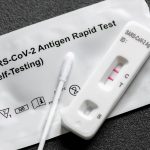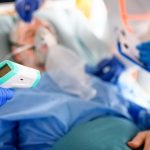
Spring sports season will be here soon, so it’s time to get kids ready after a winter break. Sports can teach valuable lessons, including teamwork, good sportsmanship, good communication, preparing for success, handling a loss, time management and the importance of doing your best, according to Henry Ford Health System in Detroit. Pediatrician Dr. Stacy Leatherwood Cannon offers tips for parents to help kids get started safely. First, get a pre-season evaluation, regardless of requirements or your child’s age, she suggested. A doctor can detect any vision issues, joint problems, elevated blood pressure or other concerns that may affect the sports season. If your child was less active in winter, take it slow. Help them work up to increasing amounts of physical activity and teach them to stretch before and after practices and games, Leatherwood Cannon said. Make sure they’re using the right gear, which may include helmets or shin guards, cups, sports glasses for vision issues or sports goggles if there’s a risk of eye damage. Remember sunscreen, even if it’s cloudy outside, she said. Kids should apply it liberally about 30 minutes before play or swimming. Hats, long-sleeved cotton shirts and shade can also provide protection. Nutrition matters. Leatherwood Cannon recommends fueling up with fruits and vegetables to get essential vitamins and minerals. Lean protein helps build muscle, she noted, and both kids… read on > read on >


















